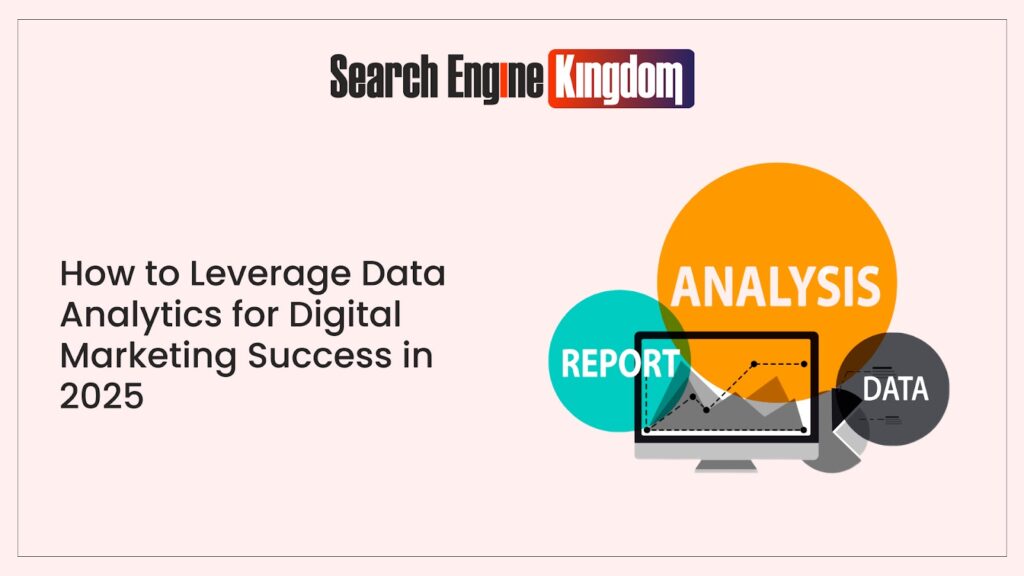
Data is the lifeblood of digital marketing, and 2025 is set to be a transformative year for how brands leverage analytics to drive success. Whether you’re running PPC campaigns, managing social media, or optimizing your website, data analytics can unlock incredible opportunities. Here’s how to harness its power effectively for your digital marketing strategy.
Why Is Data Analytics So Important?
In a world where customer preferences are constantly changing, data provides clarity. It helps you:
- Understand your audience: Learn who they are, what they want, and how they interact with your brand.
- Optimize campaigns: Identify what’s working and what isn’t to maximize your ROI.
- Predict trends: Use historical data to anticipate what’s next and stay ahead of the competition.
By 2025, businesses that don’t integrate data analytics into their strategies risk falling behind. But how can you make the most of it?
1. Define Your Goals Before Diving into Data
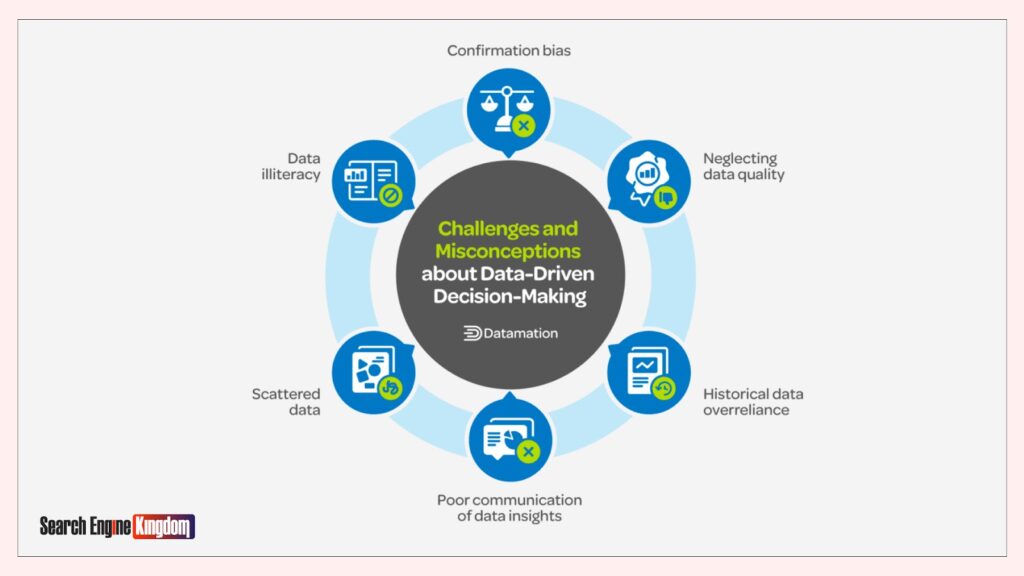
Before you start analyzing, ask yourself: what are you trying to achieve?
- Increase website traffic? Focus on metrics like organic visits, bounce rates, and session durations.
- Boost sales? Dive into conversion rates, average order values, and customer acquisition costs.
- Improve customer retention? Analyze churn rates and customer lifetime value (CLV).
Pro Tip: Tools like Google Analytics, HubSpot, and Tableau can help you set clear KPIs and track them effectively.
2. Personalize Customer Experiences with Data
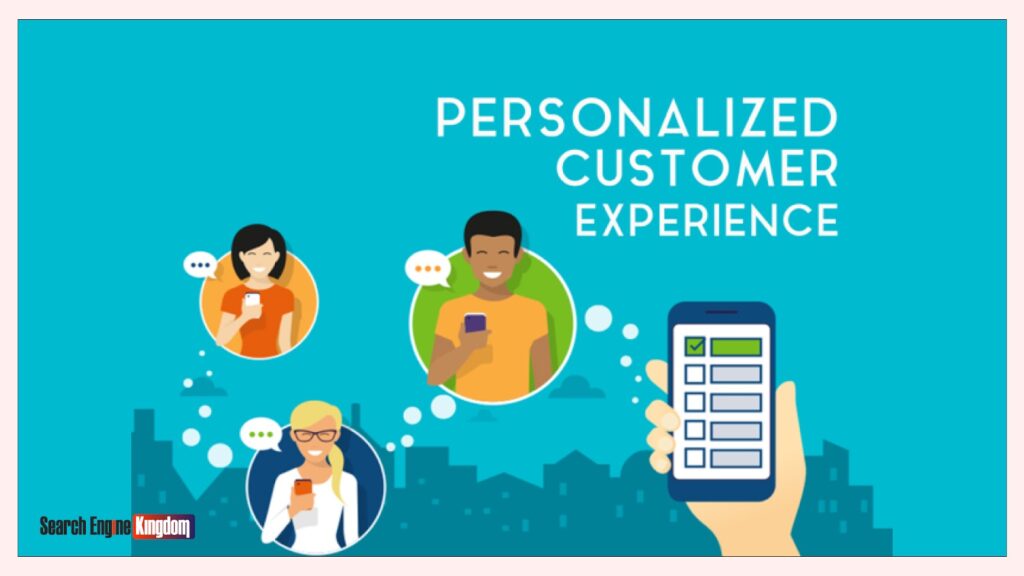
Personalization isn’t just a nice-to-have; it’s an expectation. Use data to deliver tailored experiences:
- Segmentation: Group your audience by demographics, behaviors, or purchase history.
- Dynamic Content: Show personalized ads, emails, or website content based on user behavior.
- Predictive Insights: Use AI tools to suggest products or content that match user preferences.
Example: Imagine running a real estate website. By analyzing user searches, you could send personalized email recommendations for houses in specific locations, price ranges, or styles.
3. Optimize Campaigns in Real-Time
Gone are the days of launching a campaign and waiting weeks to see results. With real-time data, you can:
- Adjust ad spend to focus on high-performing channels.
- Test and tweak headlines, creatives, or CTAs on the fly.
- Identify and resolve bottlenecks in the customer journey.
Pro Tip: Use platforms like Google Ads, Facebook Ads Manager, or SEMrush for real-time campaign monitoring and optimization.
4. Embrace Predictive Analytics
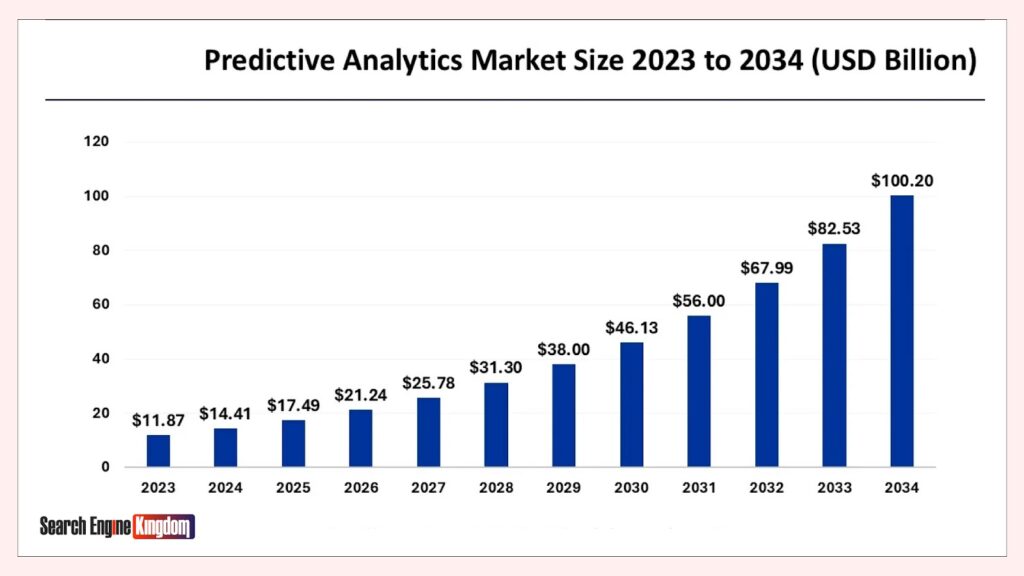
Predictive analytics uses historical data and AI to forecast future behaviors. By 2025, this technology will become even more accessible. Here’s how to use it:
- Forecast demand: Plan inventory or resource allocation based on predicted trends.
- Improve targeting: Identify high-value prospects and focus your marketing efforts on them.
- Prevent churn: Spot at-risk customers and re-engage them before they leave.
Example: A cash home buyer site could use predictive analytics to identify homeowners most likely to sell and target them with timely offers.
5. Track the Right Metrics
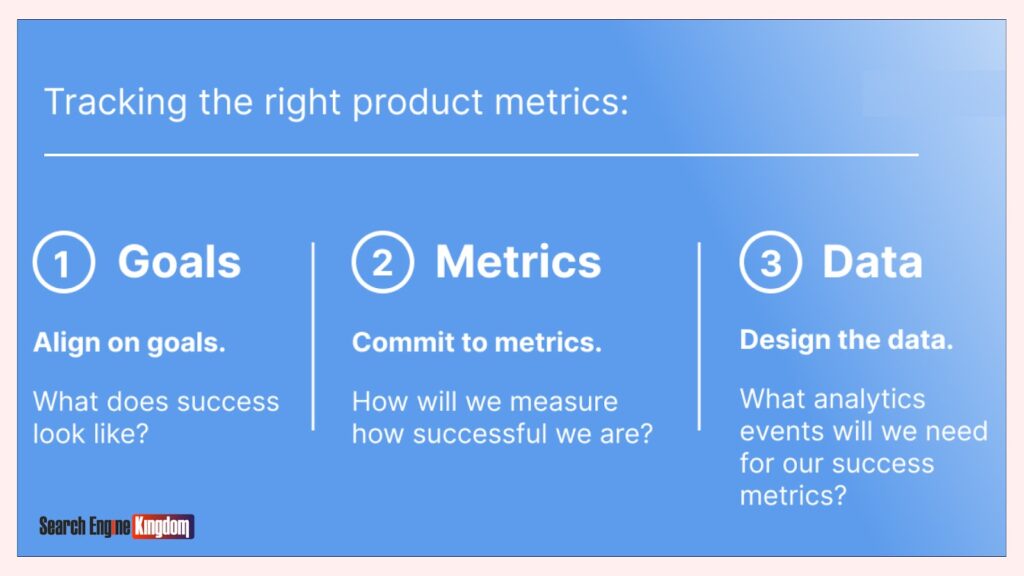
Not all data is useful. Focus on metrics that align with your goals:
- Traffic Metrics: Organic visits, bounce rates, and page views.
- Engagement Metrics: Click-through rates (CTR), time on site, and social shares.
- Conversion Metrics: Lead-to-customer rates, cost per acquisition (CPA), and sales revenue.
Pro Tip: Create custom dashboards to visualize your KPIs at a glance. Tools like Looker or Power BI can make this process seamless.
6. Use Automation to Scale Your Efforts
Manually analyzing data is time-consuming. Automation tools can streamline the process and free up your team for strategic tasks.
- Automate Reports: Schedule regular performance updates.
- Trigger Campaigns: Launch personalized emails or ads based on user actions.
- Identify Trends: Use AI to spot patterns you might miss manually.
Example: If someone visits your website but doesn’t convert, automation can trigger a retargeting ad reminding them of their interest.
7. Prioritize Data Privacy and Transparency
Consumers are becoming increasingly concerned about how their data is used. Build trust by being transparent:
- Obtain Consent: Use clear opt-ins for data collection.
- Secure Data: Invest in robust security measures to protect user information.
- Be Transparent: Explain how you use data to enhance customer experiences.
By respecting privacy, you’ll build stronger relationships with your audience.
Conclusion
In 2025, successful digital marketing will hinge on your ability to use data analytics for digital marketing effectively. From understanding your audience to optimizing campaigns in real time, data analytics empowers you to make smarter decisions and achieve better results.
Stay ahead in the digital game with expert insights from Search Engine Kingdom!
